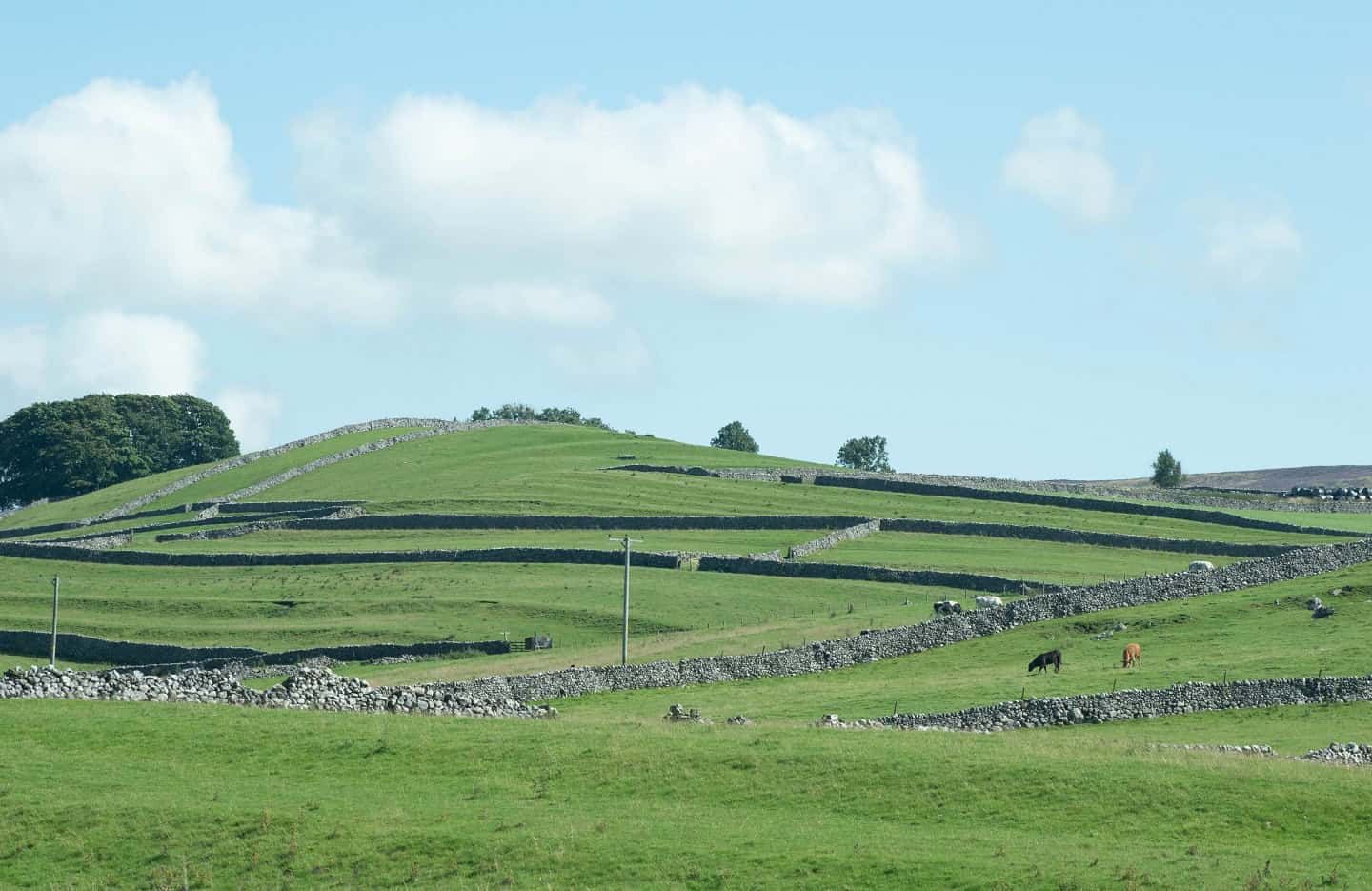
Incidents involving cattle, employees and the public
Background
Each year a number of people working with livestock are killed or injured by cattle whilst undertaking livestock activities. Members of the public are also killed and injured by livestock every year when walking through fields containing cattle.
In their 2015 study the Health and Safety Executive (HSE) found that on average four or five workers and members of the public are killed in accidents involving cattle each year. The numbers of injuries reported from this type of incident are unreliable due to under reporting in the agriculture and associated industries but are likely to be significant.
Those working with livestock should be trained, competent and familiar with the risks involved in working with cattle. Accidents often occur when agreed safe systems of work have broken down or where equipment is inadequate or poorly maintained.
Specific risk factors
Teagasc (Agriculture and Food Development Authority) conducted a study in Ireland in 2017 which indicated that 65% of all farm injuries are livestock related. Many of these accidents involve cattle (bulls, cows and bullocks) and occur when animals are being herded in fields or handled by farmers in farmyards or farm buildings. The increase in livestock related accidents and deaths are attributable to limited handling facilities on farms, poor set up or taking risks when dealing with livestock, less contact between farmer and livestock and inadequate attention given to breeding animals for docility.
There are a number of specific risk factors that can lead to an accident involving livestock for example:
- Working alone with livestock is not recommended and can be extremely dangerous, as even a single animal can launch an unprovoked attack and cause severe injury if it is injured or has an infection, is feeling nervous or is caught off guard by a sudden movement or noise, or is being handled by a new member of the team without supervision
- Cows, and in particular heifers, can be unpredictable during or after calving. After calving, a cow may become aggressive towards any intruder in her space. Cows have attacked and killed farmers when they believe their calves to be under threat.
- Animals react unpredictably when they are handled by an unfamiliar person, are in new surroundings, and when they are separated from their usual group. Bulls must always be treated with caution. Even seemingly placid bulls are unpredictable, so care is essential at all times.
- Animals respond to the way they are treated and draw upon past experiences when reacting to a situation. Any unusual treatment or handling can cause cattle to act unpredictably.
- Animals being transported or moved can become stressed and may react unpredictably and cause injury
- Certain breeds of dairy bull are prohibited from being present in fields with footpaths and bulls of some other breeds are only allowed in fields with footpaths if they are accompanied by cows and/or heifers. Farmers should assess the risks of other cattle being present in fields with public access considering temperament, health and the presence of significant maternal instinct.
- When children interact with livestock their safety is of paramount importance. They should be supervised, even if they have been around animals all their life. The dangers of animals at farms or petting zoos should be clearly signposted for visitors.
Injuries
Incidents involving livestock can result in death or serious injury. Those involved in cattle related incidents have often been trampled or crushed. Fractures are the most common overall injury, followed by cardiothoracic and neurological damage. Some common injuries sustained include:
- Brain/head injury/concussion
- Spinal trauma
- Amputation/loss of limb
- Broken limbs
- Dislocation
- Crushed chests and abdomens
- Gore injuries
- Kick injuries
- Trampling injuries
- Bites
- Lacerations and scarring
It is not only farm workers who are at risk but members of the public due to the considerable network of public footpaths crossing farms and fields.
The law
Employers have a duty to assess the risks of working with and handling or moving livestock and if this is not done adequately and someone working with them is injured, a claim can be made for compensation.
The HSE investigates these accidents and sets guidelines for safe working practices, including recommendations for children’s safety on farms. Prevention can be achieved by focusing on the handling facilities on the farm, the type of livestock and on the behaviour of the person working with them.
Owners of animals such as cattle are duty-bound to ensure the safety of other members of the public when interacting with their animals. If it can be established that the owner was negligent and that this negligence led to an accident involving an animal, you may be eligible to make a claim for financial compensation.
Members of the public injured by livestock can also claim if an animal strays and causes injury – including injuries sustained in road traffic accidents or train accidents caused by livestock on a road or rail tracks.
Compensation can also be claimed for injuries sustained on farmland and footpaths through parks where wild animals graze. Dangers should be clearly signposted with information about the risks of being in close contact with livestock – especially at calving time, when animals may be aggressive to protect their young.
The Animals Act 1971 recognises the need for a law placing the responsibility for the actions of animals at the feet of the owner, whilst at the same time allowing for financial compensation to be paid for damage and injuries caused by animals.
Making a personal injury claim
If you have been involved in a cattle related incident whether through your work or as a member of the public then you may want to consider making a personal injury claim against the owner of the livestock. A personal injury claim will aim to put you back in the same financial position you would be in had the accident not occurred so far as is possible. The claim also looks to compensate you for any injuries that you have sustained. As part of your personal injury claim you may be able to access interim funding and/or privately funded rehabilitation to help you with any financial pressure and allow you to recover as quickly as possible.










